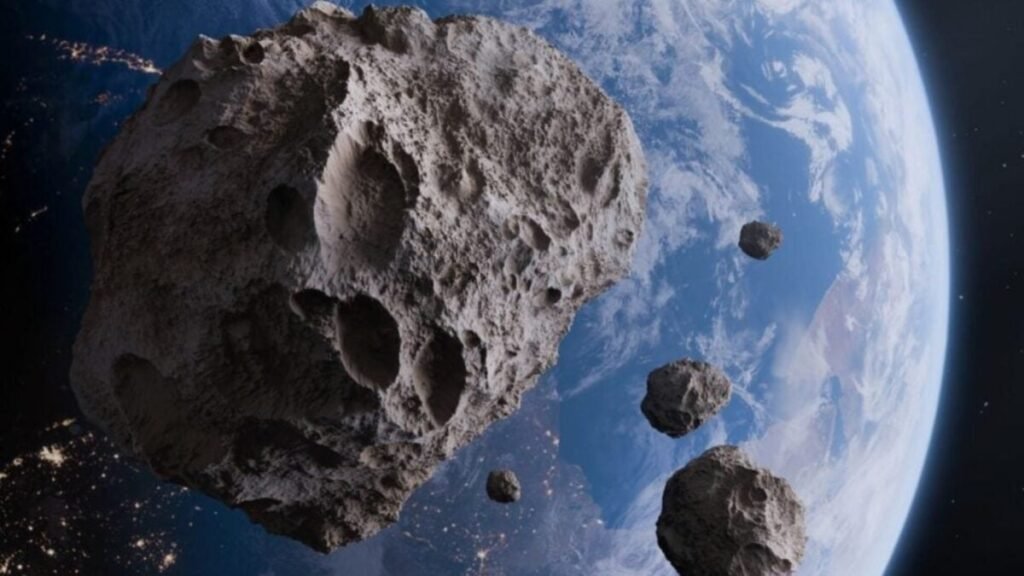Opinion: Fun ways to deflect a scary asteroid without causing problems

In September 2022, NASA made a bold move by crashing a spacecraft into an asteroid, successfully changing its trajectory. This demonstrated a potential technique for deflecting asteroids that could be crucial in case a large rock poses a threat. However, it seems that simply altering the path of a hazardous asteroid may not be enough.
The DART (Double Asteroid Redirection Test) mission carried out by NASA aimed to modify the orbit of an asteroid orbiting a larger rock, Didymos. Although this pair of asteroids did not pose a threat to Earth, the successful alteration of Dimorphos’ trajectory in just 32 minutes proved the effectiveness of kinetic impact as a planetary defense strategy.
When dealing with an asteroid that poses a risk to Earth, it is essential to consider the trajectory post-impact. Rather than colliding with the asteroid randomly, researchers suggest targeting specific points. By analyzing data from the DART mission, a team has developed a computerized method to pinpoint areas on an asteroid’s surface where the likelihood of redirecting the space rock into a gravitational well is minimized.
To identify the optimal spot, a planetary defense team must collect data on the asteroid’s characteristics like shape, surface features, rotation, mass, and topography. By doing so, they can predict the asteroid’s path after impact and determine the best locations to target for redirection.
“With these probability maps, we can deflect asteroids and prevent them from returning on a collision course, ensuring Earth’s long-term protection,” said Makadia.






